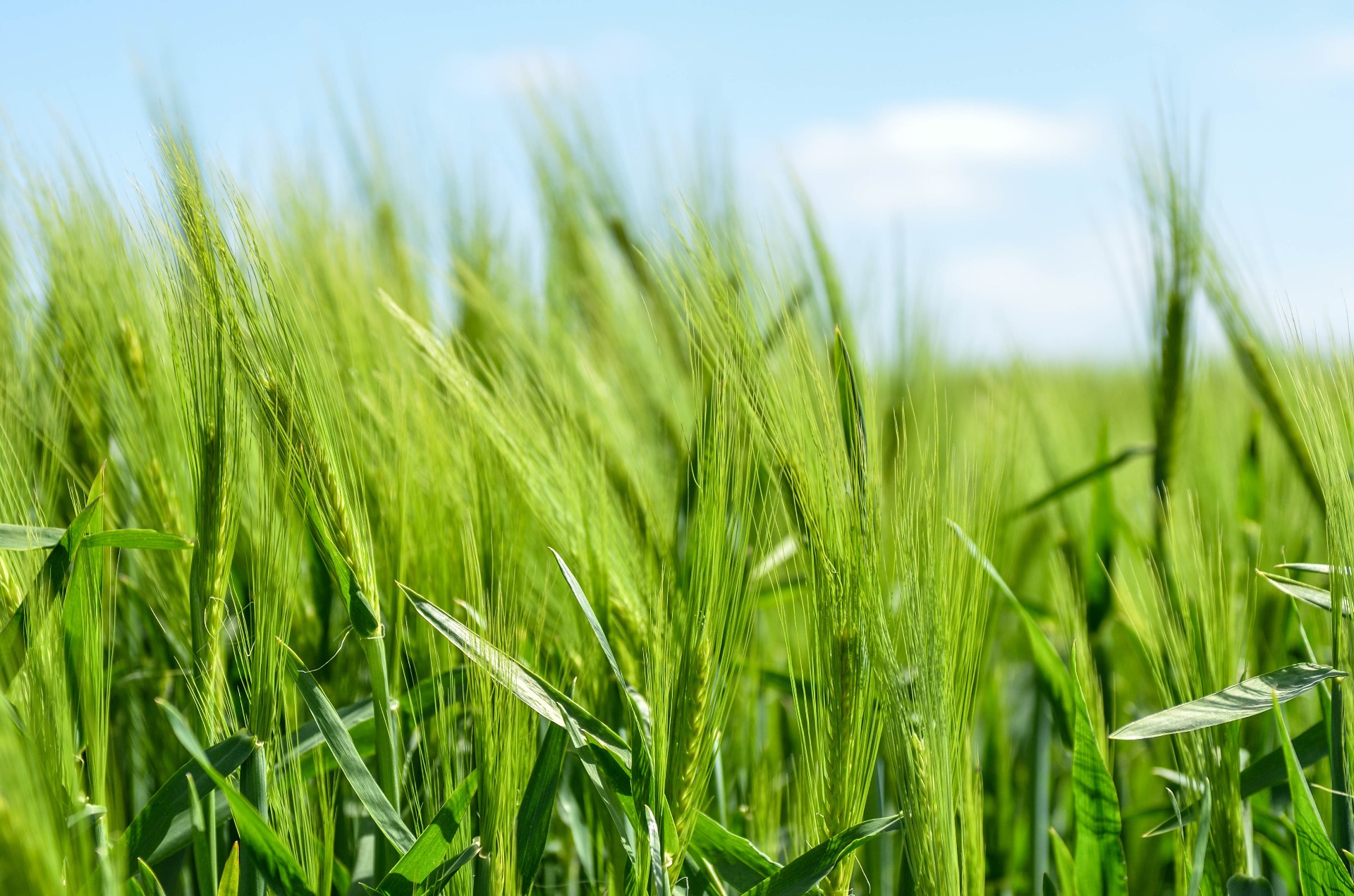
Environmental Monitoring
Knowing what we have is one of the most important things
Monitoring is the process of systematic observation and collection of data on the state of the environment or the environmental effects of a given project and the periodic description of those effects in reports. - Portuguese Environment Agency
Monitoring of species
- Monitoring of species in different locations
- Drawing up reports on communities
Ecological Corridors
- Study of local biodiversity
- Elaboration of ecological corridors implementation plan
- Ecological corridors project and construction monitoring
System monitoring ecológicos
Waste management
- Composting
Ecological corridors or biodiversity corridors are areas that connect forest remnants or conservation units fragmented by human action, allowing organisms to move between them, increasing gene flow between populations and thus mitigating the effects caused by these fragmentation processes.
The concept of ecological corridors emerged in the 1990s and is considered one of the main strategies for biodiversity conservation. The purpose of ecological corridors, by connecting environmental remnants or conservation units, is to reduce or prevent forest fragmentation and thus contribute to the conservation of biodiversity. Forest fragmentation is the separation or disconnection, caused by anthropic action (such as farming activities, roads, hydroelectric dams, urbanisation, among others), of large areas into smaller, segregated fragments, which ultimately leads to isolation, habitat loss and loss of populations.

